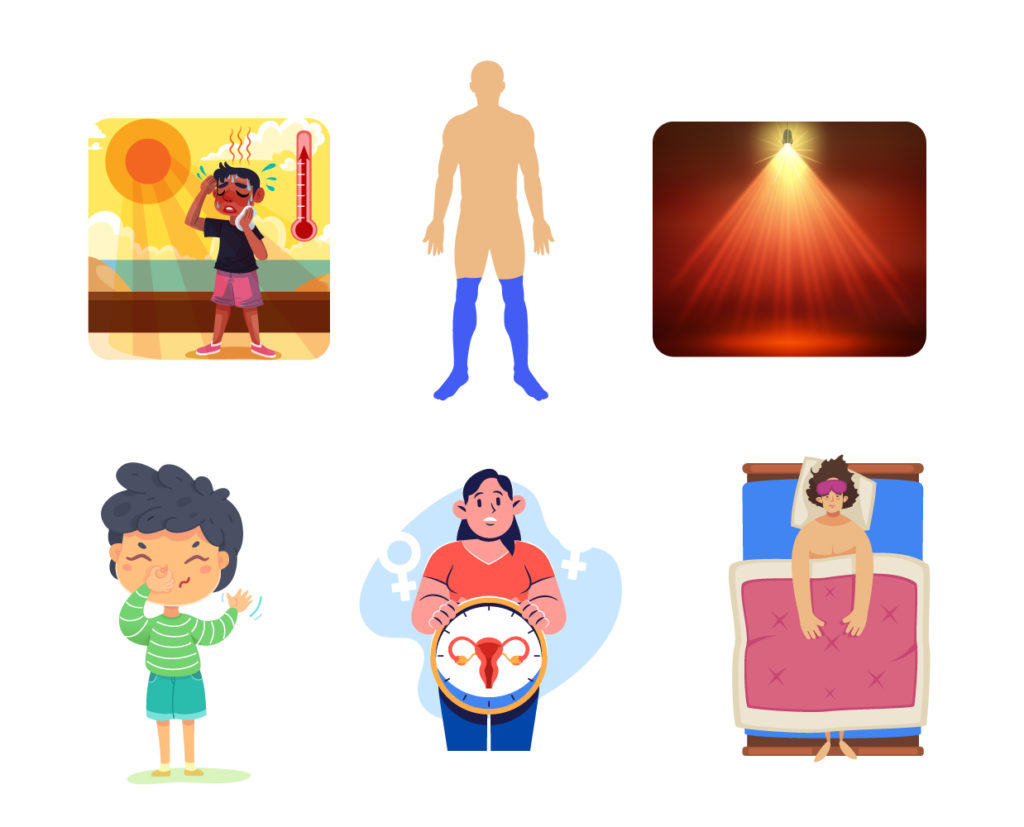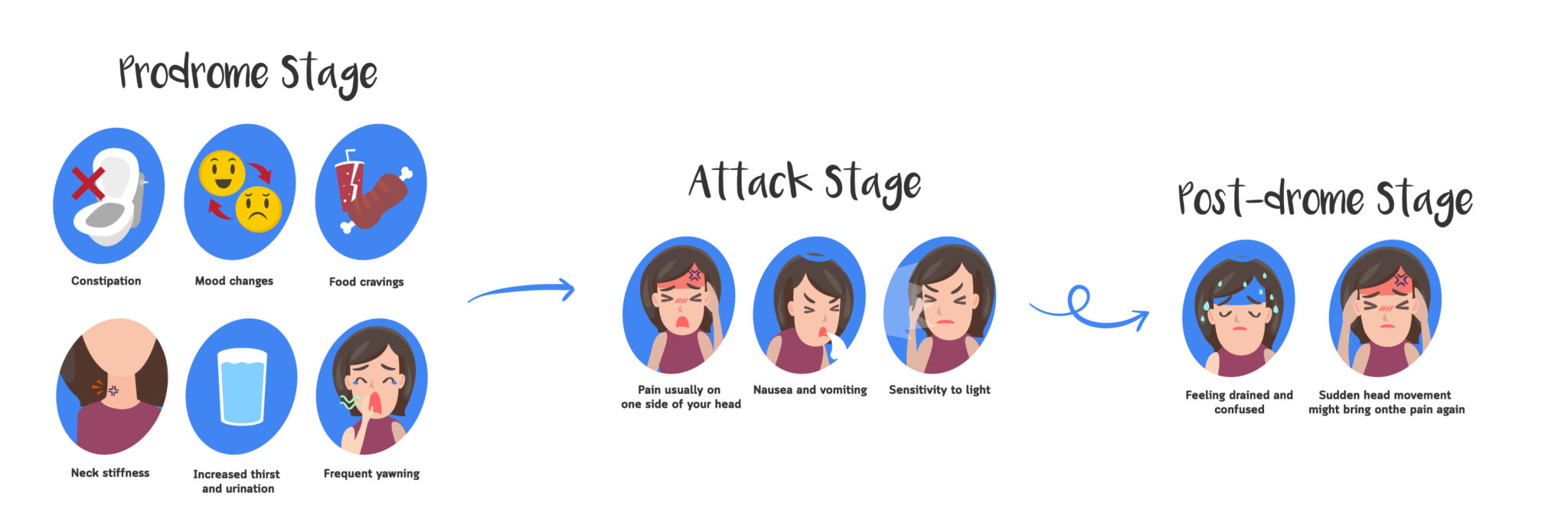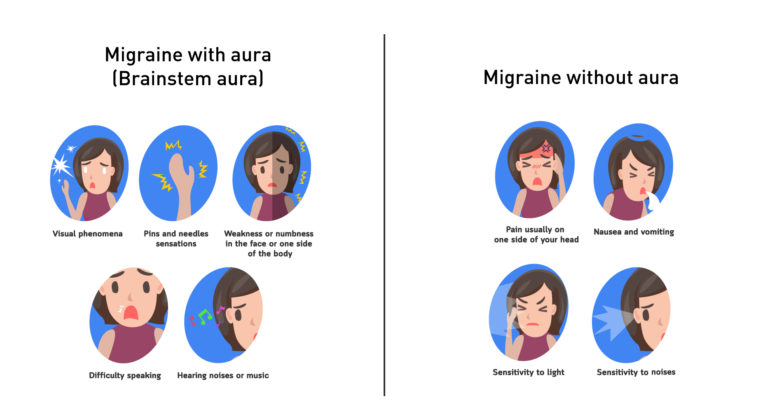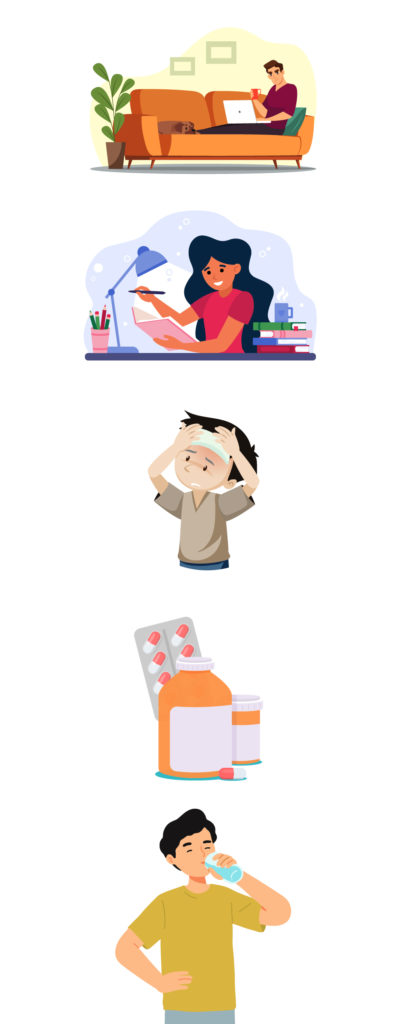
Let’s talk flu, its prevention and home remedies.
Boo-ger season is here! Let’s begin by defining flu (short term for influenza) because it’s usually misunderstood as fever or cold. Flu is a common
If you are one of the 1 billion people with migraines, you may know how uncomfortable a migraine attack can be. If you are not, how does it feel to be one of God’s favourites?!

Keep reading to find out the answer to that 😉
Most people describe it as a pulsating, pounding, dull ache that spreads across their forehead. You can feel the pain on one side of your head or both sides. Sometimes you can even feel it shift.
The direct causes of migraines have still not been identified. However, researchers believe that ‘abnormal’ brain activity affecting nerve signalling, blood vessels and chemicals are the root cause of migraines. Researchers have identified the following as significant triggers for migraines:
Hereditary history of migraines and being a female are some risk factors for developing migraine conditions.


Let’s learn about the process of how a migraine attack occurs and its respective symptoms.
This is the initial stage of a migraine. Usually occurring around 1-2 days before the migraine attack or any other headaches related to it, here are some prodrome symptoms:
It is during this phase that people have reported extremely uncomfortable sensations. The pain typically begins above your eyes and might spread over to one side of your head, your entire head or shift from side to side. Throbbing in the head may worsen if you exert yourself or move.
Other notable symptoms to look out for during the migraine attack phase include:
The symptoms of a migraine attack could last between several hours to two days, depending on the patient.
The migraine attack is followed by the postdrome phase. You may feel sick for up to a day. You may also experience:
You must gain sufficient rest after experiencing a migraine attack to recover effectively.
Now that we have broken down each stage of a migraine, did you also know there are different types of migraines, each with varied symptoms? Keep scrolling to find out more

There are two common types of migraines:
Along with the previously mentioned symptoms of a migraine, a person might experience either a migraine with an aura or a migraine without an aura.
Aura? What’s that?
It may sound like a pretty word but, it’s not a comfortable sensation. Aura is a condition that involves minor impairments to your vision, senses and speech for a period of time. Common signs involve blurry vision, coloured spots, neck stiffness, inability to hold your balance, difficulty speaking or forming words.
A person who experiences a migraine with brainstem aura would experience pain at the back of the head on both sides. They would face the following symptoms before the main migraine attack happens.
Aura symptoms
Brainstem symptoms
Although, others may not experience an aura before their migraine attack or headaches. The following are some symptoms of a migraine without aura.
But wait! There’s some good news. Although migraine is not something that can be cured, you can still manage and control migraines from occurring through the following methods. As a result, it may lead to fewer attacks.
You must ensure that you minimise or avoid any migraine triggers mentioned above. Along with this, managing your stress would also help you reduce the intensity of migraines.
Maintaining a journal to list the instances you face migraine symptoms and attacks will help identify your triggers. This will allow you to avoid events and circumstances that trigger these symptoms.
This method slows down the nerve signals involved with migraine pain and generates a soothing, cool feeling that can help reduce the severe headache.
These medications include Nonsteroidal anti-inflammatory drugs (NSAIDs), Paracetamol, etc. These would reduce the intensity of migraine headaches and attacks. It is advisable to consult a doctor and receive a prescription before taking these medications.
Often when we are out in an environment with severe heat, we may forget to keep ourselves hydrated. Dehydration is a main trigger of migraine attacks. Therefore, ensuring an adequate intake of fluids will rule out the possibility of dizziness and headaches associated with dehydration.

Did any of the above symptoms and triggers sound familiar to you? Feel like you’ve experienced them? If you have, it is possible that the ‘really bad headache’ you experienced was actually a migraine attack. Consulting a doctor about these symptoms may help diagnosis and treatment of your ailment. .
Consult a GP via the oDoc app to receive expert medical advice on reducing the highly uncomfortable symptoms of migraines and improving your well-being.

Boo-ger season is here! Let’s begin by defining flu (short term for influenza) because it’s usually misunderstood as fever or cold. Flu is a common

Menopause Brain Fog is real: A Simple Guide with Symptoms and Treatment Women in their 40s and 50s who are just entering the end of

How to Keep Work Stress from Taking Over Your Life In today’s fast-paced and competitive world, work stress has become an all-too-common problem that affects
Get the latest health tips delivered straight to your inbox!